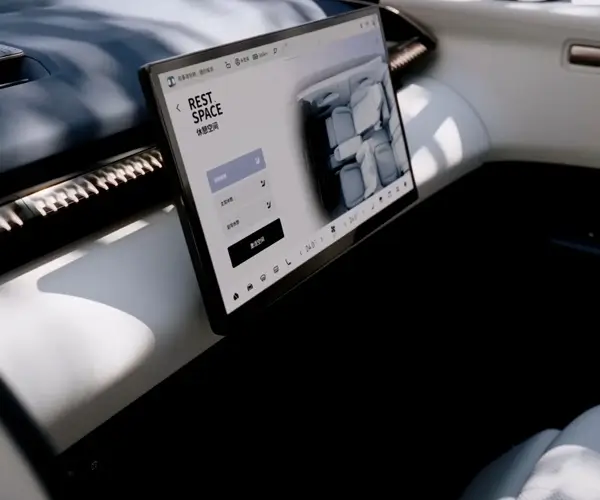part 1:
Imagine a tiny marvel that holds the power to transform how machines move, assist, and function with incredible precision—that’s the essence of a servo motor. Whether it’s your favorite drone delicately adjusting its flight, a robotic arm assembling electronics, or an automated telescope tracking distant stars, servo motors are behind the scenes, orchestrating detailed movements with remarkable accuracy. But what exactly is a servo motor, and what makes it so special?

At a glance, a servo motor is a compact, powerful device designed to provide precise control of angular or linear position, velocity, and acceleration. In simple terms, it’s a motor that can not only turn or move an object but do so with a high level of precision and responsiveness. The beauty of a servo motor lies in its ability to execute commands and hold a position reliably, making it an essential component in robotic systems, manufacturing automation, radio-controlled devices, and more.
To understand what makes a servo motor tick, it helps to compare it to the basic motor you might find in a drill or a fan. Those electrical motors spin continuously when powered, but they don’t need to stay fixed at one position. Servo motors, on the other hand, incorporate a feedback mechanism that constantly monitors the position of the motor shaft and makes adjustments to maintain or change that position as needed. This closed-loop control system is what grants the servo its exceptional accuracy.
The core components of a servo motor system include:
The motor itself: Typically a small DC or AC motor designed to deliver quick and precise rotations. A feedback device: Usually a potentiometer, encoder, or resolver that constantly measures the position of the motor shaft. A control circuit: Processing the input signals and comparing them to feedback to generate the correct commands. An output mechanism: Sometimes gears or other components that translate motor rotation into desired movement.
When a control signal is sent—say, to rotate the arm of a robotic hand—the control circuit compares the target position with the actual position indicated by the feedback device. If there’s a difference or error, it adjusts the power supplied to the motor accordingly. This rapid, ongoing process allows the servo motor to reach the target position swiftly, hold it firmly, or move through a precise sequence of angles.
But what distinguishes a servo motor from a regular motor isn’t just its ability to turn a shaft; it’s its skill at doing so with finesse. That finesse stems from the core of its design: simplicity paired with sophistication. The closed-loop control system is what enables servo motors to perform complex, precise tasks that would otherwise require highly specialized and expensive equipment.
In practical applications, the accuracy and reliability of servo motors revolutionize industries by granting machines the agility and precision needed for intricate tasks. Think of the art of robotic surgery—every tiny movement relies on servo motors performing accurately within microseconds. In the automotive industry, servo motors help in controlling throttle, steering, and braking systems, making driving safer and more efficient.
Interestingly, servo motors are available in various types tailored for specific needs. For example, some are AC servo motors favored for their high-speed and high-torque capabilities in industrial machines, while others are DC servo motors, valued for their fine control and compactness in smaller devices.
The versatility of servo motors isn’t just about size or power; it’s about the incredible level of control they provide. The ability to integrate them seamlessly into digital control systems, such as programmable logic controllers (PLCs), microcontrollers, or even computer software, allows engineers to craft precise movement profiles and automation sequences.
So, why have servo motors become such a staple in modern technology? Their secret lies in their combination of speed, accuracy, and efficiency. It’s like having a tiny, intelligent conductor that guides a delicate orchestra of mechanical movements—each note, each pause, perfectly controlled. That’s why they’re found everywhere from industrial robots constructing cars to tiny cameras in surveillance drones.
Stay tuned for the second half, where we’ll explore the wide-ranging applications of servo motors, their advantages over other types of motors, and what the future holds for this incredible technology.
Please confirm if you'd like me to proceed with part two!
Kpower has delivered professional drive system solutions to over 500 enterprise clients globally with products covering various fields such as Smart Home Systems, Automatic Electronics, Robotics, Precision Agriculture, Drones, and Industrial Automation.




































